3D Printing Enables Medical Models with Blood, Guts & All
3D printing has been aiding doctors prepare for numerous surgeries by providing highly-detailed, patient specific models to better inform surgeons before entering the operating room. As accurate as these models have been, some even including color-coded regions to illustrate various organs or problem areas, they have yet to fully replicate the texture of real human tissues. Japanese 3D printing firm Fasotec, previously covered on 3DPI and subsequently purchased by Stratasys, is changing that by creating highly realistic surgical models with 3D printing.
The Biotexture Wet Model is a patient-specific, soft and wet model that is so realistic that it even oozes fake blood. To produce the wet model, a 3D printed mold is created using a patient’s medical scans. The mold is filled with a gelatinous resin to yield a model that resembles the texture and weight of an actual organ. Tomohiro Kinoshita, founder of Fasotec, explains, “With the wet model, doctors can experience the softness of organs and see them bleed. We aim to help doctors improve their skills with the models.”
The product will be released onto the market, potentially, this April, but one doctor named Maki Sugimoto, an instructor at Kobe University Graduate School of Medicine in Kobe, Japan, has tested Fasotec’s prototypes, describing them as “too realistic”. He tells Shingo Ito at AFP, that the models could be mistaken for the actual organs themselves. Sugimoto adds, “The touch is similar to that of the real liver.”
At least one clinical study and a plethora of anecdotal evidence suggests that accurate surgical models can be extremely useful in cutting surgery times and educating new doctors. And, with 3D printing, these models can be made to reflect a patient’s anatomy exactly. Fasotec’s new product, takes this one step further. Toshiaki Morikawa, a doctor at Jikei University Hospital in Tokyo, says of the current state of medicine and the wet model, “The current models are too simple and details of anatomy are not accurately reflected. But this is obviously superior as it’s produced precisely and is very close to the living organ in quality.” Sugimoto also says, “I suppose that not only young, inexperienced doctors but also experienced doctors can perform a better operation if they can have a rehearsal first.”
The Biotexture Wet Model went up for Japanese pre-order last October with a modest price tag of ¥15,000 ($127), but, having received requests from other Asian countries, Fasotec plans to extend the offering abroad in the near future. To see more of how the model may be used, watch the video below. Warning: Italian!
Source: 3dprintingindustry.com


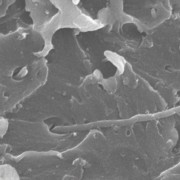
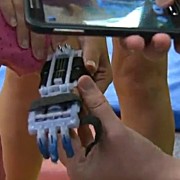
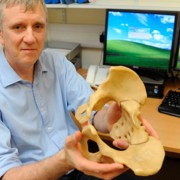
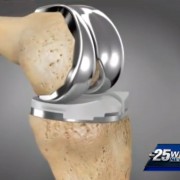
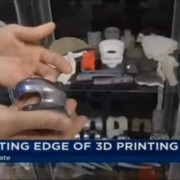
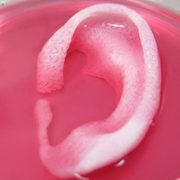
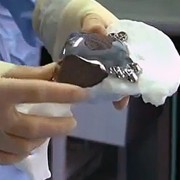
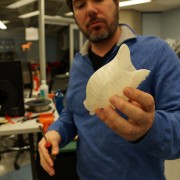



Leave a Reply
Want to join the discussion?Feel free to contribute!